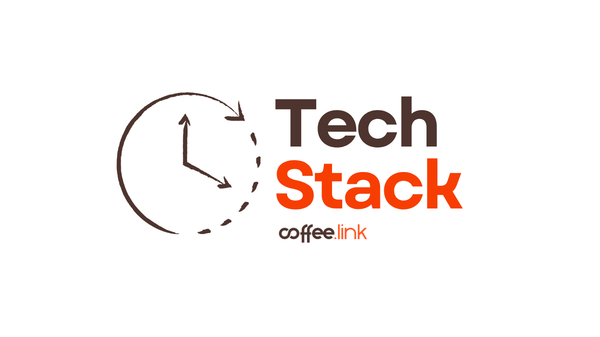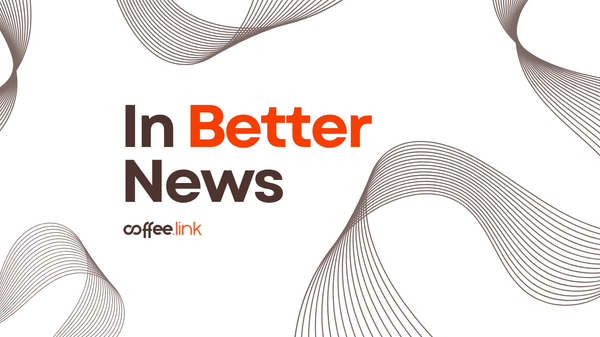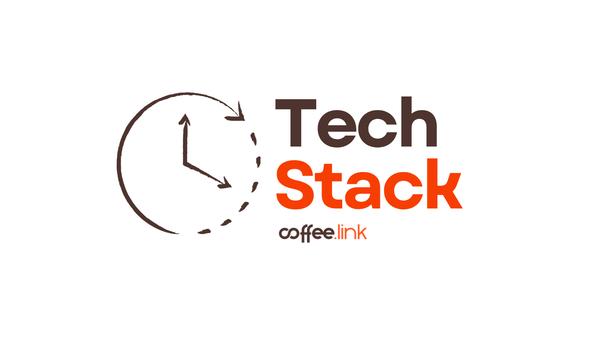Until 2019, the American consumer market had little to do with oat milk. But a mind-blowing marketing strategy was changing this landscape (without a marketing team).
According to John Schoolcraft — who was roped in by Toni Petersson in 2012 for Oatly's creatives — they simply began 'explaining' what oat milk was. This was the Oatly Way. It was, as he said, a 'fearless' march against the Swedish milk lobby. The campaign was a full-blown satire. In 2021, they even played an unusual Super Bowl commercial: the CEO was out in an oat-field singing, Wow, no Cow. It may not have had a super-budget or high-ranking celeb faces, but it did get people to pause and look (even if it was to say they didn't particularly 'like' it).
The Oatly Way did not need a marketing agency. Creativity is all that it banked on: “We’re not just a company with a logo. We’re a group of humans here to help other groups of humans make a few choices in their lives that are good for their body and the planet,” Schoolcraft says. “That’s the way we spoke. That’s the way we acted. That’s what you got if you wrote to us, or called us up, or contacted us on Facebook.” If there was a rule of aesthetics in packaging and marketing, Oatly had broken it all into smithereens.
The Oatly campaign began revolved around one line: It's like milk, but made for humans. And just like that, a 30-year-old business got new life.
The Market for Alt
An ad campaign alone cannot, of course, catapult a brand to success.
The eco-conscious strain of consumerism has been advocating for alternative proteins for a while. And the demand for these has increased recently. With nearly 68% of the world being lactose intolerant, the market for alt-milks flourishes. The US retail sales for alternative dairy grew by 12% last year.
A BCG report also points out that "if alternative proteins are to gain traction quickly, companies cannot simply highlight sustainability." 60% of consumers are aware of environmental concerns and do care about sustainability but wouldn't act on it. This is where external 'influences' need to start working. The report suggests a solution to widening the demand: prevent labeling these products as 'vegan' or 'vegetarian'. This can then push consumers toward a more receptive approach.
But what did Oatly do?
The first spot that Oatly hit was the coffee shop.
The product first came to the American market in 2016. Oat milk was a quiet hit among coffee snobs. Its texture, frothiness, and mouthfeel were considered rather unparalleled. So, Oatly decided to gather baristas for their marketing strategy — if the frontline could be influenced, the consumers could eventually get around to depending on one brand. The barista variant that they came up with was soon accepted despite initial resistance. In 2018, while there was a shortage of oat milk, Oatly insisted that the cafes they'd partnered with use competitor brands as well — the motive here was to get oat milk standardized. The rest could always be achieved.
What Oatly needed were ambassadors — a huge amount of background research went into finalizing the cafes where the product would be stocked. These couldn't be trivial or ordinary and should attract customers who keep coming back for the good cup. For John Schoolcraft, this means getting the first try right — they had to go to high-end outlets with their case. Oatly convinced baristas to start talking about the brand, making it the first that any customer would recall at the mention of 'oat milk'. "That's serious word-of-mouth, as these are the people who are more likely to recommend it not as a trend but as a lifestyle choice", says Lori Bartle of MeringCarson.
The next thing? Transfer this conversation onto social media. The baristas then moved their persuasive on-ground campaign to the feed. Oatly also partnered with the cool, niche users and let the sparks take off ceaselessly. It was, as Schoolcraft loves to call it, a revolution. If you support this with an ad campaign that could stun people, chances are, you're on your way to becoming a market leader. Oatly took that chance.
The demand for Oatly grew so much that they were running short of supplies in the US. Contractors couldn't deliver everything that the market wanted. So, Oatly set up a factory in Millville, NJ. Millville is the typical industrial area — and it didn't have many fans for alternate dairy. Toni Petersson didn't know anything about the city, but that was of least relevance here. Oatly had to remain chic in stores.
However, Oatly's expansion plan was not great. There were flaws in construction, budget outlines, and other operational aspects. The shortage continued. And competitors became more prominent — names like Chobani and Hood came to the fore. Petersson's expertise was also called to question. The creative may have worked to get footed. But it was not enough to match the expansion that the market now demanded.
Adding to this, people also found that a 10% stake in the company had been sold to a Blackstone-led organization. Blackstone was infamously associated with deforestation and Donald Trump.
The Now
"What would be weirder than buying a giant billboard to promote a free newsletter about an oatmilk?"
"Buying two."
Twitter found this amusing. It is one of Oatly's latest ad campaigns — they did buy two billboards. Bizarre still was the fact that Oatly had a newsletter by the name of spam.
The brand has, by now, characterized itself as the quirky creative that elicits 'huh's from its audience. But how long can it stretch this campaign? How long until it turns repetitive? Oatly may have to reconsider its long-term creative strategy and gauge how the product's reach is spread amongst the larger public.
Alternate dairy hopes to seize a bigger share of the $300 billion business that milk rings in. Oatly would want this to be dominated by oatmilk and its own brand. This will not happen if they stick to high-end consumers. The Department of Mind Control at Oatly may be 'consistently inconsistent', but it should carve out some revisions as well.
Additional resources:
Disclaimer: The information provided on coffee.link is for general informational purposes only and should not be considered as professional financial advice. The content presented on this website is not intended to be a recommendation to buy or sell any stock or investment product. The author of this article may hold positions in some of the stocks mentioned. Readers are advised to do their own research and consult with a licensed financial advisor before making any investment decisions. coffee.link and the legal entity behind it (Task Venture Capital GmbH) does not guarantee the accuracy or completeness of the information presented and is not responsible for any losses or damages that may arise from relying on this information.








